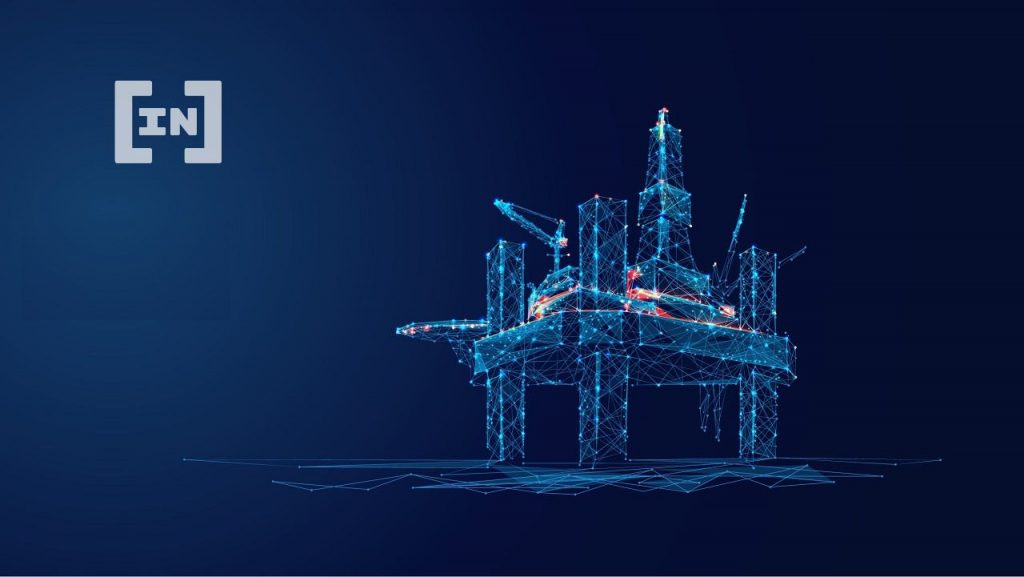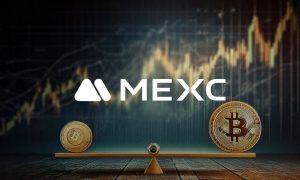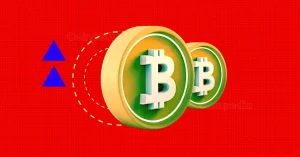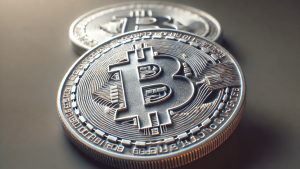The Workaround for Ethereum’s Volatile Transaction Prices

Gas Fees: There is a workaround until Ethereum 2.0 comes into the picture, says Kurt Ivy.
Let’s talk about gas fees, and I’m not referring to geopolitical events that lead to volatility in the price of oil and gas.
Ethereum, the engine of much of the Web3 and DeFi innovations, has long been suffering from high and volatile transaction fees, making usage of the network untenable for many.
There is a road forward, but first, let’s break down the Ethereum network and the underlying issues.
Understanding Ethereum
Ethereum was the first blockchain network to introduce smart contracts and dApp development. Smart contracts are programmable contracts and dApp stands for decentralized applications (which are built on blockchains and incorporate smart contracts).
Ethereum is a development environment used to build cryptocurrencies and dApps. This makes it far different from cryptos like Bitcoin or Litecoin. In fact, many cryptocurrencies are built on Ethereum, including:
US Dollar Tether (USDT)Chainlink (LINK)USD Coin (USDC)AAVE (AAVE)Uniswap (UNI)WrappedBitcoin (WBTC)Theta Token (THETA)Maker (MKR)Synthetix (SNX)Compound (COMP)
These are known as ERC-20 tokens. Unfortunately, Ethereum suffers from network congestion, mainly due to its success and popularity. All coins built on the Ethereum blockchain require ETH to be sent from wallet to wallet.
Clearly, this has led to a congestion issue because it has grown so rapidly and because the supply of ETH is now deflationary, thanks to a recent implementation known as Ethereum Improvement Proposal (EIP) 1559. The supply is now decreasing, further increasing ETH scarcity.
Gas fees: Sky high
Whenever you send an ERC-20 cryptocurrency from one wallet to another, you have to pay a network fee. In Ethereum, these are known as gas fees. These fees are paid in ETH. The more difficult the transaction in terms of computing resources, the higher the fee. So you will pay more for sending to a liquidity pool as opposed to another storage wallet.
This is quite a large issue because you need to have some ETH in your wallet to make a transaction. If you don’t have enough ETH you need to purchase it, and then pay a fee to send it to your wallet to make the transaction.
And there’s another problem. Ethereum fees are high and also volatile. So it’s hard to know what the price will be from transaction to transaction. This is especially problematic for those looking to run scalable businesses. If you send too much Ethereum you will be left with trace amounts that you can’t access. If you send too little your transaction might not get processed.
Gas fees: Hard to understand
The fees are very difficult to understand, and only understood by those active within the Ethereum ecosystem. Gas prices are denoted in “gwei” and 1 ETH is equal to 1,000,000,000 gwei. Alternatively, 1 Gwei is equal to 0.000000001 ETH.
The gas price can typically range from 10 to 200 gwei. Users can set the fee. If a transaction is set to 50 gwei, the price for the transaction would be 21,000 x 50 Gwei = 0.00105 ETH. This is because the minimum amount per transaction is currently set at 21,000.
A helpful analogy is that of a car. The price can go up or down, but you need a certain number of liters to fill up the tank. So that aspect remains relatively constant as opposed to the price. The more the demand for petrol, the more it will cost. In the same way, the more people that use the Ethereum network, the more it will cost in terms of gas fees – supply and demand.
If you’re having a hard time understanding the above, you’re not alone. Thankfully, solutions are becoming available that are making it all easier to understand, more efficient, more reliable, and less volatile.
Gas tanks to the rescue
Using Ethereum tokens without having Web3 interfaces to manage gas can be very costly. A little like going to an offshore oil rig to fill up your car. Which is why there are a number of solutions available which make the management of gas fees on Ethereum easier to predict and manage. This is mandatory given how important Ethereum is to the future of the internet and to a wider decentralized world.
With the gas tank, you simply top up your tank and ensure that it never runs dry. The gas tank motif works very well to ensure that you have a separate balance purely for ERC-20 transactions. The gas tank has its own unique address.
These gas tanks do more than act as a separate storage point for Ethereum transactions. They are typically incorporated with features that allow for better price estimates, accurate fee calculations, and funding suggestions.
While they won’t allow for an elimination of the fees associated with Ethereum transactions, they do allow you to more accurately gauge network payments, ultimately saving you money.
Gas fees: Management providers
One prominent DeFi solution is Plasma.Finance. It allows for management of gas fees on the Ethereum network, and also offers easier access to the world of DeFi in general, across numerous blockchains through a simple interface.
Through the Plasma.Finance interface, users can select Standard, Fast, or Instant speed for the transaction. An Instant speed will be confirmed within 15 seconds. They also have an option to tip the miner and to view the total fees for the transaction. The whole transaction is shown in dollars, so you know exactly what you are paying.
Such solutions are vital to ensure the continued success of the DeFi industry. Take the example of a modern Web3 investor who is looking to invest in many newly created Non-Fungible Tokens (NFTs) and flip them later.
Without having a DeFi interface that is able to accurately predict and record gas prices, too much capital would be wasted in fees. Prior to these innovations, users actually had to guess what prices were appropriate or use other third-party tools which was time-consuming and not as accurate.
With Plasma.Finance, this investor knows with a great deal of accuracy how long it will take to purchase each NFT and at what price. Otherwise, losing $2 to $10 on every transaction due to price inefficiencies is not a winning solution. The problem of overpaying or underpaying for ERC-20 transactions is now removed.

Make your gas last until Eth 2.0
Eth 2.0 is on the way, and hopefully this implementation will drastically reduce gas fees.
Until then, workarounds are available to help users to reduce and manage costs on the Ethereum network, allowing them increased access to the lucrative world of NFTs and ERC-20 cryptocurrencies.
About the author

Kurt Ivy is a content writer for SHOPX and Gamerse, marketing advisor for Altar, head of content at Crypto PR Labs, and CEO of Coffee Nova. Ivy is a philosopher, futurist, writer, and entrepreneur.
Got something to say about gas fees or anything else? Write to us or join the discussion in our Telegram channel.
Disclaimer
All the information contained on our website is published in good faith and for general information purposes only. Any action the reader takes upon the information found on our website is strictly at their own risk.















